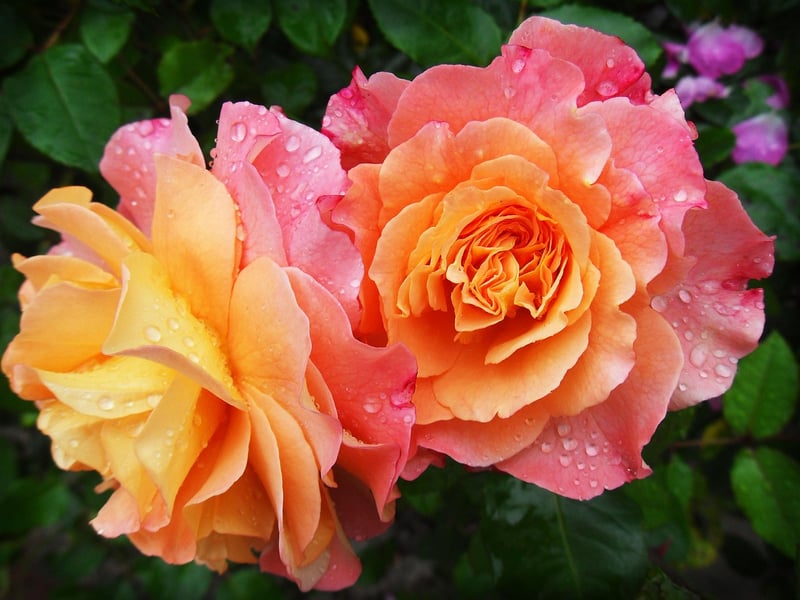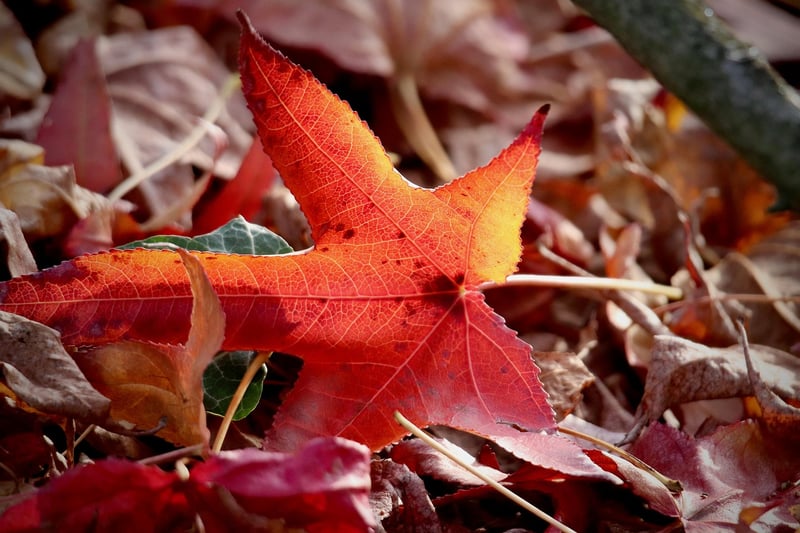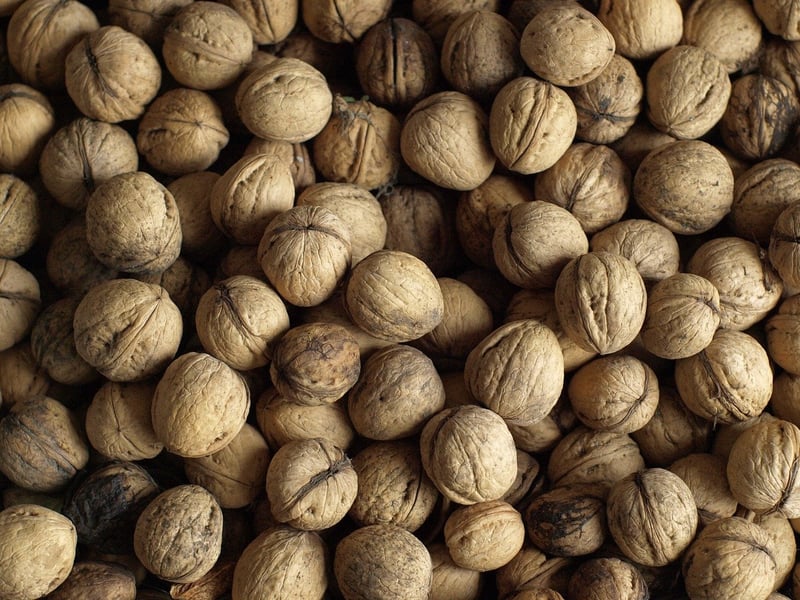Nutrient Deficiencies
Identifying and Treating Common Plant Problems and Nutrient Deficiencies
Introduction
Proper plant care involves not only watering and sunlight but also being able to identify and address common plant problems and nutrient deficiencies. Here, we will discuss how to recognize these issues and provide effective solutions to help your plants thrive.
Common Plant Problems
Plants can suffer from various issues that can affect their growth and appearance. Some common plant problems include:
1. Overwatering or Underwatering
Yellowing leaves, wilting, or moldy soil can indicate overwatering, while dry and crispy leaves may signal underwatering. Adjust your watering schedule accordingly.

2. Pests and Diseases
Look out for signs of pests like webbing, holes in leaves, or sticky residue. Common diseases include powdery mildew or leaf spot. Treat with insecticidal soap or fungicides.

Nutrient Deficiencies
Plants require various nutrients to grow healthily. Nutrient deficiencies can manifest in specific ways:
1. Nitrogen Deficiency
Yellowing leaves starting from the bottom up indicate a lack of nitrogen. Use a nitrogen-rich fertilizer to address this deficiency.

2. Iron Deficiency
Yellowing between leaf veins may suggest an iron deficiency. Add iron chelates to the soil or use a foliar spray to supplement iron.

Conclusion
By being vigilant and proactive in identifying common plant problems and nutrient deficiencies, you can ensure your plants remain healthy and vibrant. Remember to adjust care routines based on the specific needs of each plant to promote optimal growth.
Keep a close eye on your plants, address issues promptly, and enjoy a thriving indoor or outdoor garden!
